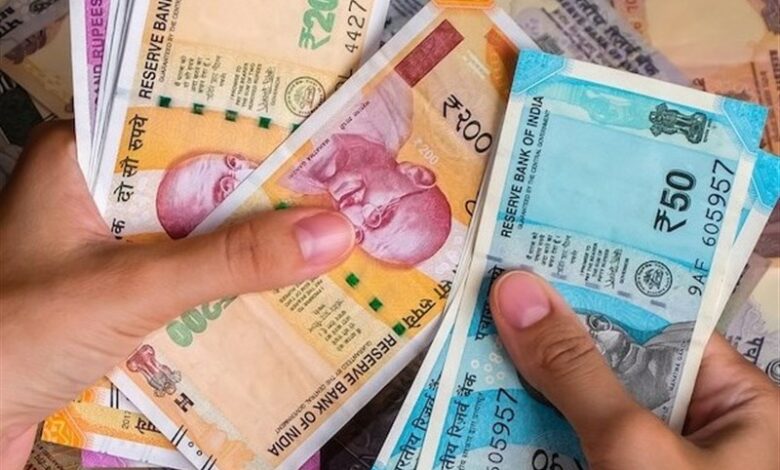Rupee value falls as tensions rise between India and Pakistan

Amid Rising Military Tensions Between Pakistan and India, the Rupee Plummets to Its Worst Decline in Over 2 Years
The Indian rupee experienced a sharp decline on Thursday, marking its worst drop in over two years as military tensions escalated between Pakistan and India, according to a report by the International Economics Desk of Webangah News Agency, citing Tasnim News Agency & Reuters.
Ongoing clashes between New Delhi and Islamabad weakened the currency, alongside a downturn in India’s bond and stock markets.
At the start of the trading session, the rupee showed slight gains but plunged sharply after india claimed it had “neutralized” Pakistan’s attempts to “engage” several military targets in northern and western regions late Wednesday and early Thursday.pakistan countered by stating it had shot down 25 indian drones.
India had earlier targeted pakistani infrastructure in pre-dawn strikes on Wednesday—two weeks after accusing Pakistan of involvement in an attack in Indian-administered Kashmir that killed 26 people. Islamabad denied the allegations but vowed retaliation for India’s missile strikes.
Following statements from both nuclear-armed neighbors, India’s financial markets tumbled. By Thursday’s close, the rupee fell 1% to 85.71 against the US dollar,its worst performance as February 2023,briefly hitting a low of 85.7625 during trading hours.
Key stock indices—the BSE Sensex and Nifty 50—dropped by 0.5% and 0.6%, respectively, while yields on India’s benchmark government bonds rose nearly seven basis points to 6.3983%.
Abhilash Koikkara,Head of Forex & Rates at Nuvama Professional Clients Group,noted: “The rupee may remain under pressure short-term,possibly sliding further to 86.50.” He added that panic-driven dollar buying by importers could intensify downward pressure.
Additionally:
- one-year USD/INR forward premiums surged by 16 basis points to an almost one-month high of 2.34%.
- One-month implied volatility for the rupee—a gauge of future market expectations—hit a two-year peak at 6.3%.


